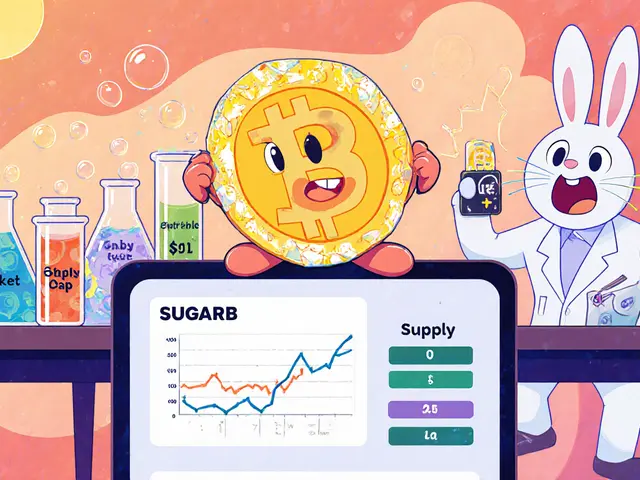DeFi Hacks: What They Are, How They Happen, and How to Stay Safe
When you hear DeFi hacks, exploits in decentralized finance protocols that steal user funds through flawed code or manipulated incentives, you’re not just hearing about technical failures—you’re hearing about real money vanishing in seconds. These aren’t sci-fi scenarios. In 2022 alone, over $2 billion was drained from DeFi platforms because of bugs, rushed launches, and bad assumptions. The smart contract exploits, attacks targeting flaws in blockchain-based code that governs lending, trading, or staking behind these losses are often simple: a missing check, an unverified input, or a reward system that rewards cheating. And once the money’s gone, there’s no customer service line to call.
Most DeFi protocol risks, vulnerabilities inherent in decentralized finance systems due to lack of oversight, complex interactions, or untested code come from projects that prioritize speed over safety. Think of it like building a house without checking the foundation. You might get it up fast, but one strong wind—and it’s gone. That’s what happened with the Parity wallet freeze, the Poly Network breach, and the recent Ronin Network theft. These weren’t all high-tech heists. Often, they were just a single line of code that said "trust this address" without verifying who owned it. Even big names like Aave and Compound have had close calls. And while the crypto theft, illegal appropriation of digital assets through deception, exploitation, or unauthorized access grabs headlines, the real problem is the lack of accountability. No bank backs you. No insurer steps in. If you lose your funds to a hack, you’re on your own.
But here’s the good news: not all DeFi is risky. The projects that survive are the ones that audit their code, lock their liquidity, and let the community test their systems before launch. You don’t need to avoid DeFi—you just need to know what to look for. The posts below break down real cases, explain how attackers think, show you which protocols have the strongest defenses, and give you a checklist to use before you deposit any funds. Whether you’re staking on a new lending platform or trying out a yield farm, you’ll find clear, no-fluff advice that helps you spot danger before it’s too late.







Categories